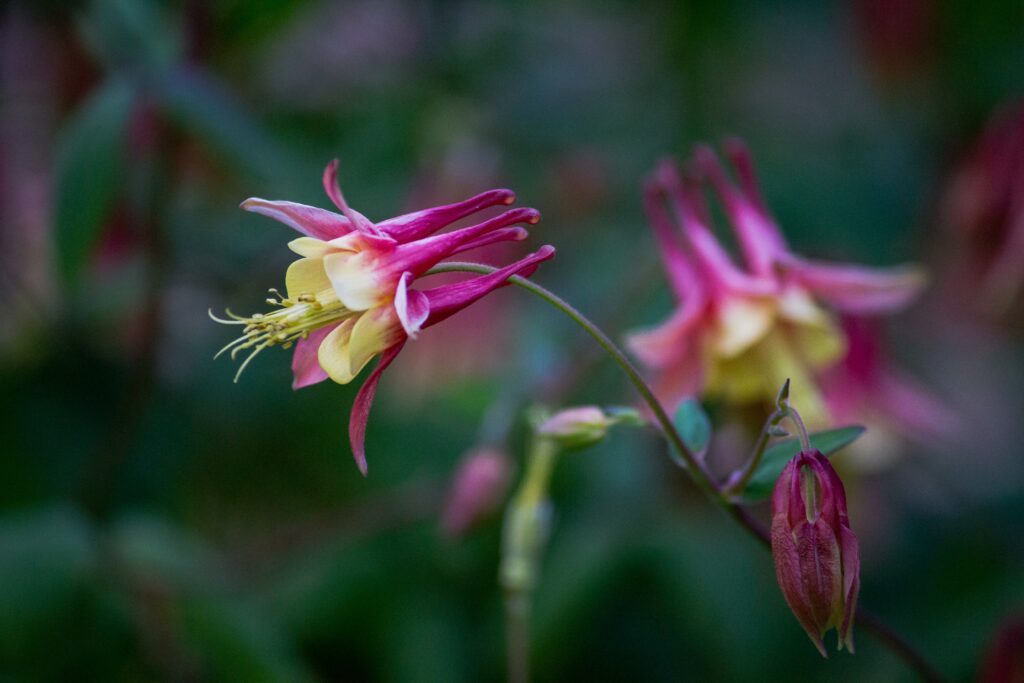By Claudette Sims, Halton Master Gardener
Pruning woody species
Early March is a good time to prune most trees and shrubs. Always use clean, sharp tools. Inspect and remove dead, damaged, diseased wood. Cut back branches to just above another branch or a bud. Check this link for detailed pruning information. Cherry and plum family: prune Black Knot Fungus only when temperatures are below freezing to prevent transmission of spores. Oak trees can be pruned until the end of March only, to prevent oak wilt disease. Maple and birch: wait until leaves have completely grown out before pruning. Minor pruning is okay.
Pruning with wildlife in mind
Use the “chop and drop“ method to leave prunings in your garden to replenish the soil and provide nesting material for native birds. Leave larger pieces of wood in the garden for wildlife and consider leaving “snags“ in place as long as it is safe to do so.
Overgrown shrubs
Use rejuvenation or renewal pruning to restore scraggly or overgrown shrubs. Which shrubs can you renew or rejuvenate? Here’s a list!
Hydrangea arborescens (Smooth Hydrangea or “Annabelle”)
Prune before new growth appears. Remove old weak stems, leaving about 1/3 of stems 30 cm long for structure and support. Check our hydrangea factsheet for more information.
Clematis
Starting at the top of the plant and working down, cut out all deadwood on each stem until you reach a live bud. Secure vines as needed. Find detailed information in our clematis factsheet.
Fruit trees
Prune apple, cherry, plum, pear before flower buds swell. Remove any dead, diseased twigs and prune for open shape. Pear trees generally don’t require much pruning, except for shaping.
Raspberries
For summer-bearing red and yellow raspberries, cut canes back to 4–5 feet tall before growth begins. For fall-only primocane raspberries, cut all canes to the ground before growth begins.
Blueberries
Early March, prune out dead, damaged, diseased wood to an open shape to increase air circulation.
Garden perennials
Aim for minimal disturbance and removal as plant material is crucial to cavity-nesting native bees, birds (food/nest building), butterflies. Read about spring “clean up” in detail.
Houseplants
Increase water and feeding as plants start actively growing. Continue inspecting plants for pests like mealy bug, scale, and spider mite.
Amaryllis
Cut the flower stalk to within 1″ of the top of the bulb, when the flower fades. Give plants a maximum of sun and feed “weekly, weakly” to produce a large healthy bulb and flowers for next year.
Start garlic and yellow onions when the soil can be worked. Separate cloves just before planting and plant about 2” below soil.
Order new plants!
Check our map of nurseries in Ontario for ideas. Nurseries specializing in native plants are marked with green stars.





